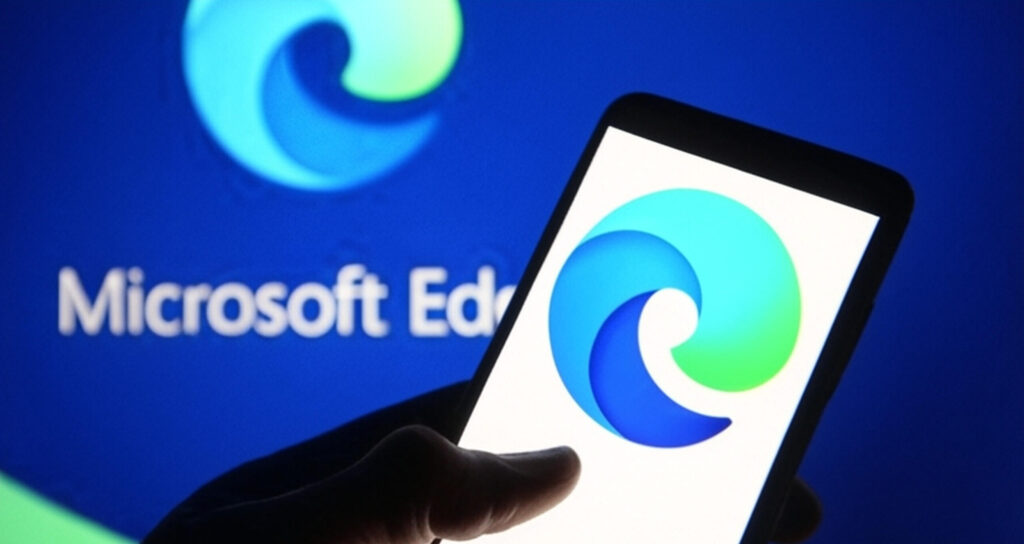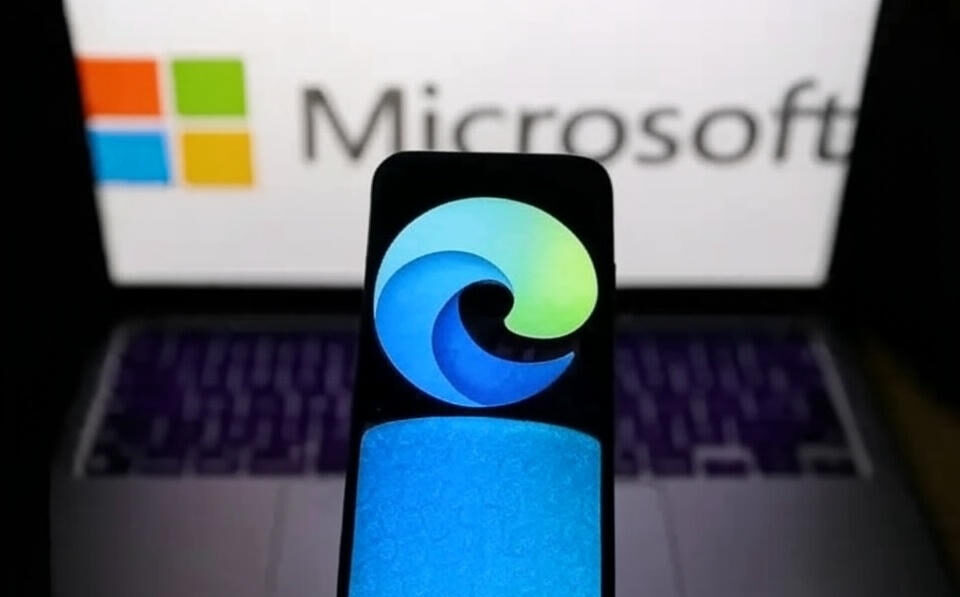
Microsoft Edge is charging into the future through a revolutionary change, establishing its place as an innovator in AI-powered web browsing. Since artificial intelligence is transforming sectors, Microsoft is harnessing its capabilities to transform Edge not only a web browser but an active smart companion to navigate the world of digital. The announcement was an element of the larger push to incorporate AI into its overall environment, the latest updates to Edge are expected to improve users’ experience through more efficient, speedier and more custom-designed capabilities. We’ll take a closer look at the ways Microsoft Edge has revolutionised our browsing experience.
Next-Level AI Features Redefining Edge
Based on the Chromium base, Microsoft Edge is rolling out an array of AI-driven tools that are designed to anticipate users’ requirements and simplify online activities. The new features extend beyond conventional web browsing and offer a glimpse of a future where web browsers are able to act as proactive aids. Here’s what’s new:
AI-powered Content Information: Edge now uses sophisticated natural language processing to summarize the most complex content on the internet in a matter of seconds. When you’re consuming a long research paper, or skimming through an article in the news the Edge’s AI summarizes the most important information in moments, which saves both time and bandwidth.
Predictive Navigation Based on analyzing your patterns in your web browsing Edge’s AI determines what you’ll require to do next, be it opening a similar tab, suggesting you do a second search, or loading often visited websites for speedy access.
Smart Shopping Assistant for shoppers who shop online Edge’s AI searches the internet to find bargains that compare prices with other stores, and flags coupons discounts in real time, effortlessly integrating savings into your shopping experience.

voice-activated commands with voice-activated commands getting more popular (currently accessible for Grok iOS and Android apps suggesting similar capabilities to be available for Edge), Microsoft is looking into hands-free browsing alternatives, which lets users manage browser tabs and browse using natural language.
Improved Security enhanced security with AI Edge’s AI detects now in a proactive manner scams, malicious advertisements as well as trackers. It provides immediate alerts as well as customizable privacy settings that keep users at their wits end.
The features were designed to integrate seamlessly with Edge’s elegant interface. This means that even novice users are able to make use of the potential of AI with no steep learning curve.
Why This Matters: The Browser as a Brain
The trend towards AI-powered browsing is a larger trend that is advancing technology to become more predictive and contextually aware. Microsoft’s plan in Edge is to build a browser that can not only respond to commands, but also understands the intent. A person researching climate change might be able to see Edge automatically search for reliable sources, present key information and suggest visualisations, all within the same browser.
The move positions Microsoft in a position to become a direct rival in the same way as Google Chrome, which has not been as quick to implement AI in this size. “Microsoft is betting big on AI to differentiate Edge in a crowded market,” stated an analyst in the field of technology Maria Chen.
Challenges on the Horizon
While Edge is awe-inspiring, its AI development isn’t without its challenges. Privacy is a major concern due to the fact that AI functions often rely on data gathering to create personal user experiences. Microsoft has committed to implementing strict privacy protections, which include consent-based data sharing, as well as clear policy on tracking. Recent high-profile incidents involving data, including those of the Tea dating app’s leak of user chats, have raised public doubts about the security of data.
Another issue is accessibility. Even though Microsoft states that Edge’s AI tools are user-friendly however, some users might feel overwhelmed by the number of new features a bit overwhelming. To help, Microsoft is rolling out videos with guided instruction and a custom interface to allow users to switch AI features off or on.
The Bigger Picture: AI Everywhere

This transformation to Edge is part Microsoft’s larger AI strategy that includes connections to Microsoft 365, Azure, and Xbox. In incorporating AI within Edge, Microsoft is creating an integrated ecosystem in which the world of productivity, browsing, and entertainment come together. As an example, Edge could soon sync with Microsoft 365 to auto-generate meeting notes based on web-based research, or even suggest games in response to your previous browsing habits.
This push is also in line with market trends. Competitors like Opera and Brave are experimenting with AI, but Edge’s deep integration with Microsoft’s AI infrastructure–powered by advancements like those seen in OpenAI’s GPT models–gives it a unique edge.
What’s Next for Edge?
Cross-Platform Syncing: Improved AI the ability to synchronize across devices, making sure that the user experience remains seamless regardless of whether your device is a laptop, PC phone, tablet, or.
Developer Tools Artificial Intelligence-assisted programming environments inside Edge that help developers troubleshoot and enhance web-based applications right within the Edge browser.
Augmented Reality Integration: Early studies indicate Edge might be able to provide AR web experiences that let users use 3D content, without having to leave the internet browser.
Microsoft is currently exploring options to bring Edge’s AI open to non-paying users however, premium features could require subscriptions, such as SuperGrok as well as Microsoft 365 plans. To find out pricing information, visit x.ai/grok as well as Microsoft’s official website.





1 thought on “Microsoft Edge’s AI Revolution Redefining the Future of Web Browsing”